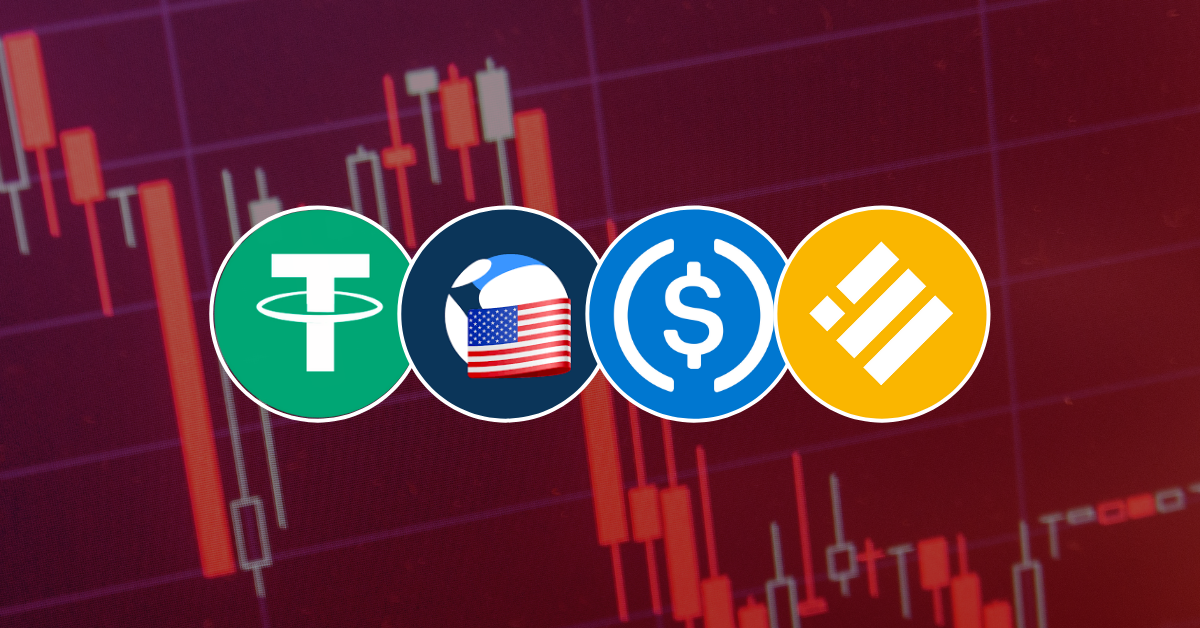
The Terra ecosystem failure may have spurred increased volatility in the Stablecoin subsector.
The collapse of the Terra ecosystem has precipitated a loss of confidence within various sectors of the crypto industry. One of the worse hit subsectors is the stablecoin market, which has experienced increased volatility after the TerraUSD de-pegging.
Source: Kaiko
According to data from Kaiko, Tether’s circulating supply has decreased by $10 billion since May. This fall occurred due to the stablecoin trading at a discount to the US dollar, dropping as low as $.94 on May 12.
Meanwhile, the market capitalisations of the second and third largest stablecoins, Circle’s USDC and Binance USD, respectively, increased by $4 billion and $900 million. The chart shows that all stablecoin prices have been more volatile than usual in May.
Furthermore, the uncertainty in the stablecoin market is seen in the buy/sell ratio, which gives a general picture of investor behaviour. In the last two weeks, tether’s sell ratio has surged on Bitfinex (the exchange that shares a parent company with Tether), indicating massive outflows.
However, in the immediate aftermath of the UST collapse, USDC’s sell volume spiked. But over the last week, buys have significantly outnumbered sells, reflecting current supply metrics. Nonetheless, the USDC-USDT pair has the most exciting buy/sell ratio, indicating that traders are profiting from USDT’s ongoing discount. This has produced a USDC premium of 1.0011 at press time.
Source: Coingecko
Further data from Coingecko supports the narrative that USDC and BUSD have enjoyed from USDTs bleeding. As seen in the chart, Tether and Circle’s overall market capitalisations appear to be converging as investors trade from one to the other. Circle’s market value grew by approximately $3.4 billion within the last month. The Binance USD has also gained significantly, increasing by $1.2 billion in value.
Source: Kaiko
Tether’s parent company has moved to reassure its investors despite the significant outflows. It published the stablecoin’s quarterly reserves showing an apparent decline in the commercial paper it holds. Commercial papers are short-term unsecured loans issued by businesses, typically considered less liquid and risky than cash. They presently make up only 24% of Tether’s reserves, down from over 30% in 2021.
On the other hand, money market funds boosted their share by 8%. Money market funds are quite similar to commercial papers regarding risk and liquidity. USDC’s reserves are substantially more concentrated overall, with 77% in US Treasury Bills and 22% in cash.
Do you think the USDC and BUSD will continue to see heavy inflows if the USDT regains its dollar peg? Let us know your thoughts in the comments below.

Chris is a crypto enthusiast and a firm believer in the blockchain’s ability to create a new financial paradigm. Through writing, Chris hopes to expose the intricacies of this disruptive technology and how it is beneficial to Africans and developing countries. He aims to give readers a rational and unbiased outlook of the industry by equipping them with the necessary information to make enlightened investment decisions.


